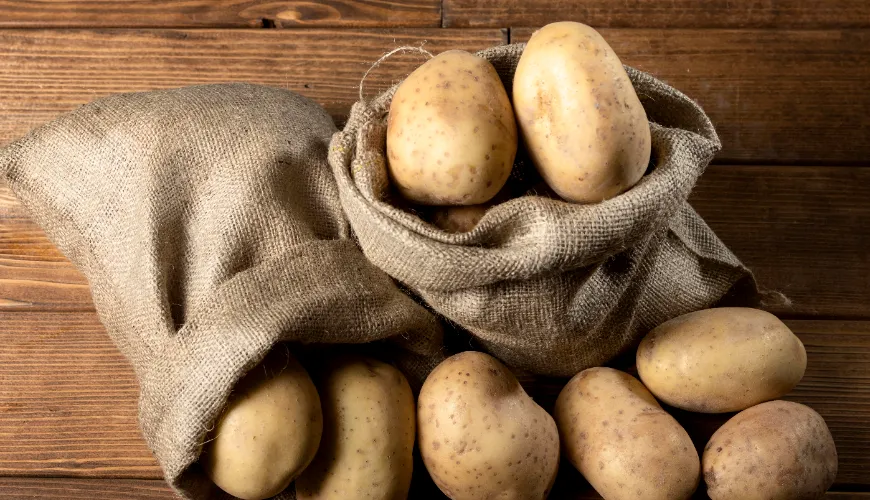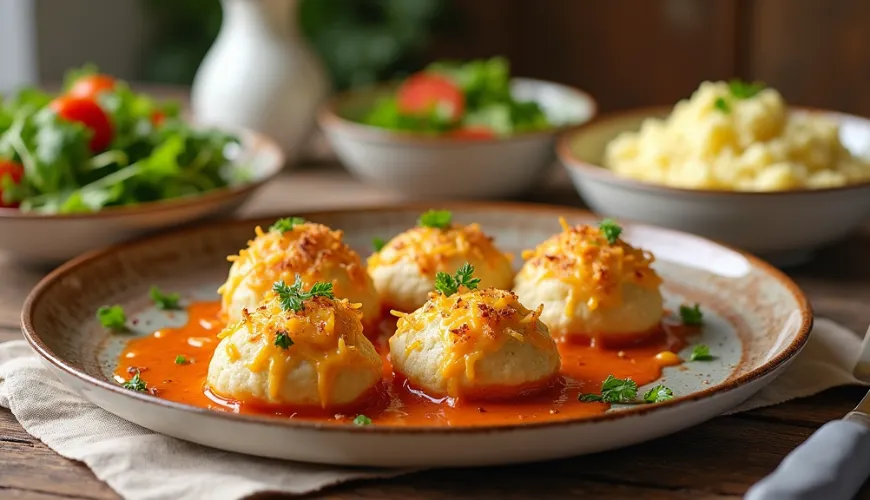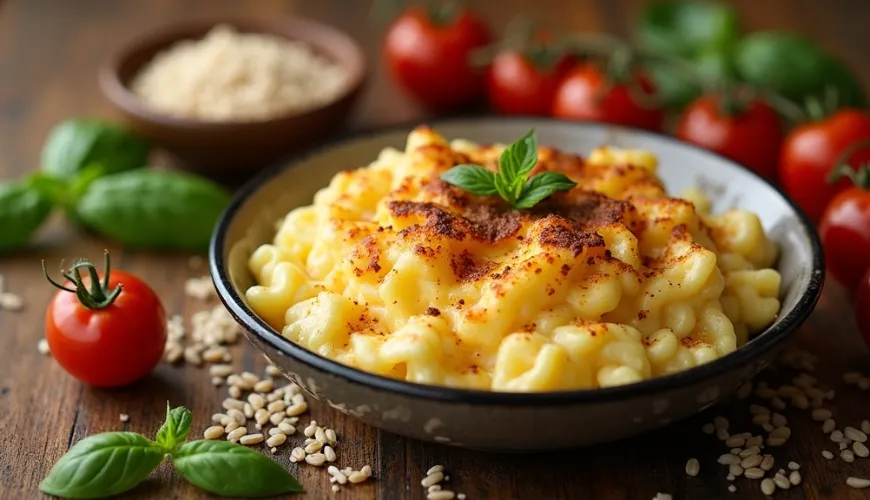
Discover why meatballs are a great choice for a healthy meal

Frikadely - A Forgotten Gem of Home Cooking Making a Comeback
Every Czech household has a few dishes that evoke memories of childhood, school canteens, or Sunday lunches at grandma's. Stewed meat similar to meatloaf, meatballs, or meat rolls in various forms are staples of the kitchen passed down from generation to generation. One such dish that deserves rediscovery is frikadely – a simple, hearty, and rewarding dish with a surprisingly rich tradition.
Frikadely – What Are They?
To begin with, it's important to clarify what frikadely are. Many confuse them with meatballs, but there's definitely a difference. The word "frikadela" likely originates from the French "fricadelle" or the German "Frikadelle," which refer to minced meat shaped into patties or balls. Their origins date back to the Middle Ages, and their popularity spread across Europe – notably in Germany, Denmark, the Netherlands, and Belgium.
Frikadely are a type of meat patty, usually made from minced meat, supplemented with an egg, spices, and often breadcrumbs or soaked bread roll. They generally have less seasoning than classic Czech meatballs, giving them a milder flavor. Additionally, they are often prepared by baking or boiling, whereas meatballs are exclusively fried. This preparation makes frikadely a healthier and lighter alternative.
Chicken Frikadely
While pork, or a mix of pork and beef, is traditionally used for making frikadely, modern cuisine increasingly opts for simpler and lighter ingredients. Chicken frikadely are a great example. With lower fat content, a milder taste, and quicker preparation, they are an ideal solution for anyone looking for a healthier alternative without sacrificing the taste of genuine home-cooked food.
Chicken meat easily combines with various herbs – parsley, coriander, chives, or thyme add freshness to frikadely. For added juiciness, a bit of sour cream or grated zucchini is often added. The result? A light, tender, and nutritious treat that even children will love.
Interestingly, in some Scandinavian countries, chicken or fish frikadely are a common part of school lunches. They are served with mashed potatoes, sauce, and vegetables – a simple yet nutritionally balanced meal.
Frikadely with Cheese
In recent years, alongside traditional meat frikadely, a new trend has emerged – frikadely with cheese. Grated cheese is added to the mixture, which melts beautifully during cooking and gives the patties a richer flavor. Cheeses like Edam, Gouda, or Cheddar are suitable, but variations with goat or sheep cheese are also interesting in taste.
Frikadely with cheese can be an excellent compromise between taste and health: cheese adds protein and satiety, while meat remains the main component. If you want to enhance the dish further, you can bake the cheese directly on the surface of the frikadely instead of incorporating it inside – resulting in a lightly crispy crust and a rich flavor that will delight even the most discerning gourmets.
From real life: Mrs. Lenka, a mother of two from Ostrava, found a simple way to enhance frikadely for the whole family. "My daughter doesn't like onion pieces, but she loves cheese. So I added grated Edam, a bit of carrot to the meat mixture, and baked everything in the oven. The kids named them 'meat cookies' and wanted them in their lunchbox the next day."
Homemade Frikadely Recipe
Interested in making frikadely at home? You don't need special ingredients or hours of time. The foundation is quality meat and a bit of imagination. Here is a recipe for basic frikadely, which you can customize to taste:
Ingredients:
- 500 g minced meat (chicken, pork, or a mix)
- 1 egg
- 1 bread roll or slice of bread soaked in milk
- 1 small onion, finely chopped
- 2 cloves of garlic
- salt, pepper, marjoram
- optionally: a handful of grated cheese, fresh herbs
Instructions:
- Mix the soaked and squeezed bread roll with minced meat.
- Add the egg, onion, garlic, and spices.
- If desired, add grated cheese.
- Shape into small patties or balls and place them on a baking sheet lined with parchment paper.
- Bake in a preheated oven at 180 °C for about 25 minutes, until golden brown.
You can serve them with potatoes, mash, roasted vegetables, or just with a fresh salad. An excellent variant is frikadely for burgers, when served in a bun with sauce and vegetables.
Frikadely as Part of Sustainable Eating
Not only are frikadely easy to prepare, but they also perfectly fit into the concept of eco-friendly and sustainable cooking. They utilize leftover bread, allow for the use of leftover meat or vegetables from the fridge, and freeze well. Moreover, if you opt for local ingredients from organic production, you'll have a dish that's not only tasty but also environmentally friendly.
More and more people are turning to plant-based meat alternatives – in this regard, frikadely offer an interesting platform for experimentation. Instead of meat, chickpeas, lentils, or tofu can be used, with flaxseed or breadcrumbs serving as binders, and seasoning can be adjusted to taste. The advantage is that vegetarian frikadely taste great even to those not accustomed to purely plant-based diets.
As renowned chef Jamie Oliver says: "Sometimes the simplest meals are the best." And frikadely prove that even a simple mix of minced meat can be the foundation of a creative, nutritious, and delicious dish.
At a time when we are returning to home cooking, giving space to simple recipes, and seeking greater meaning in what we eat, frikadely have an unexpectedly firm place. They remind us that cooking doesn't have to be complicated to be good – just a bit of care, quality ingredients, and a willingness to try something we might know by another name but which holds a rich tradition and the natural taste of home.

